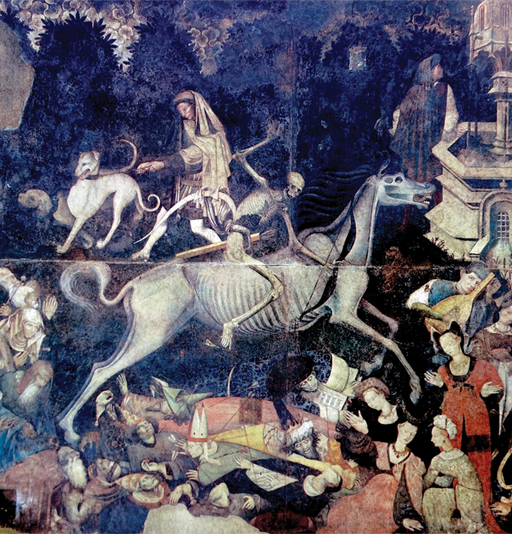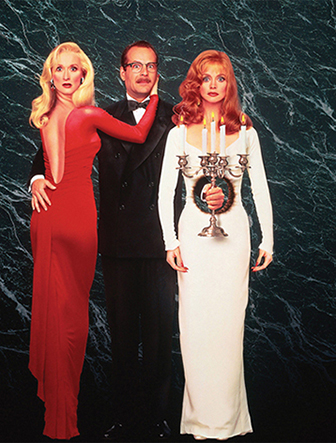2 Exploring Western ideas about ‘a good death’
What is a good death? If you were tasked with improving the experiences of dying or bereaved people, what would you aspire towards? This question may leave you wondering what makes one dying experience ‘good’, and another ‘bad’. You may speculate on what has shaped your own personal views concerning a ‘good death’ and how your perspective on a good death might differ from family and friends, or people in different communities or countries. And you may wonder whether any death can be inherently ‘good’.
The concept of the ‘good death’ has been central to the development of the modern hospice movement. It presents a view of death that is peaceful, gentle, and anticipated, free of unnecessary medical intervention. In many ways it connects with the natural birth movement. But the notion of a good death is one that needs to be explored in its social, historical and cultural context.


The backlash to what has been described as the ‘medicalisation of death’ has been the modern hospice movement. Emerging from that movement was a new articulation of a good death. In their extensive reviews of the academic literature, Erica Borgstrom (2014) and Cottrell and Duggleby (2016) have suggested there are a number of key features that have become synonymous with ideas about a ‘good death’ in contemporary Western societies. These include:
- awareness and acceptance of dying (viewed as a positive)
- preparedness (getting one’s affairs in order)
- comfort (minimisation of pain)
- closure (addressing and resolving difficult issues)
- peacefulness and dignity
- presence of family and being in familiar home (or ‘home-like’) surroundings
- personhood (a sense that an individual’s wishes and preferences have been accounted for)
- timeliness (dying at an older age; and a dying process that is predictable, with an identifiable start and end point).
Central to all of these components is control – control over dying activities (like preparing for death); control over the time and place of death; and control of unpleasant symptoms.

